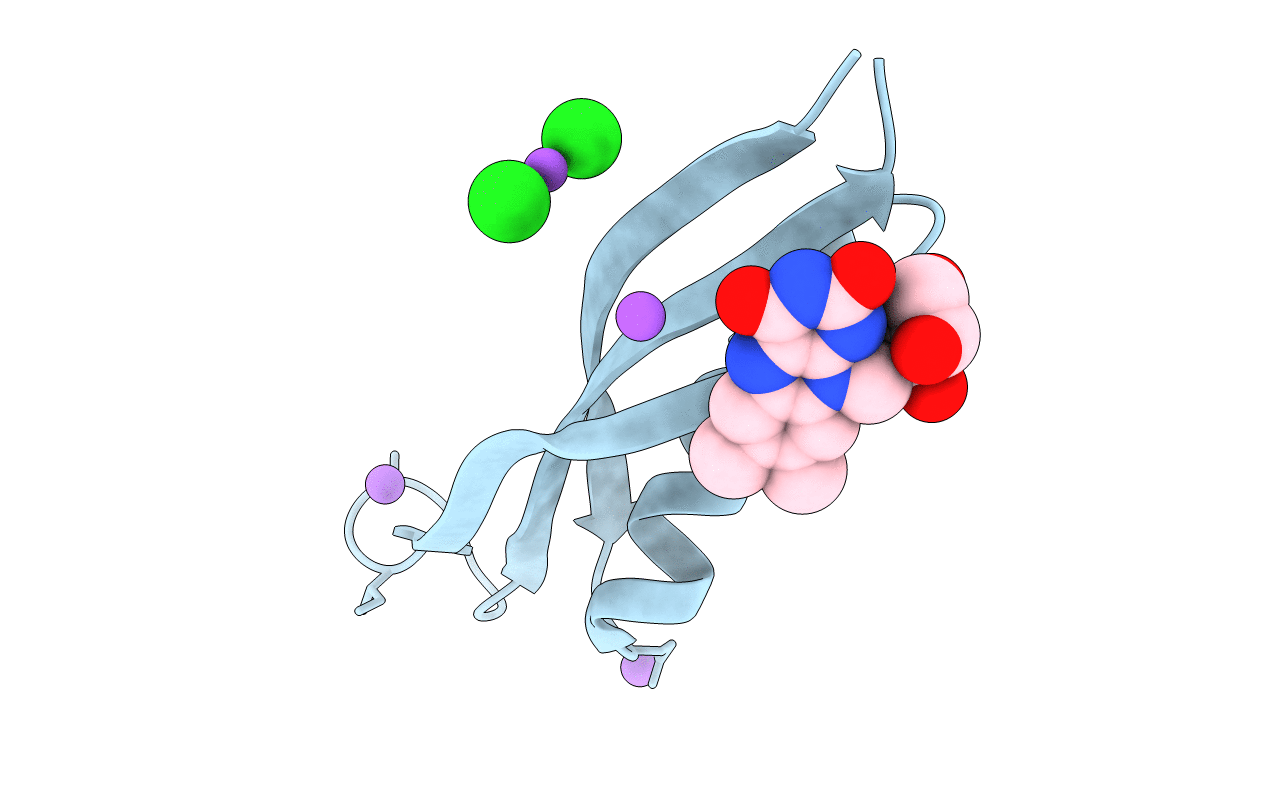
Deposition Date
2008-07-01
Release Date
2009-02-17
Last Version Date
2023-12-13
Entry Detail
Biological Source:
Source Organism:
HALOBACTERIUM SALINARUM R1 (Taxon ID: 478009)
Host Organism:
Method Details:
Experimental Method:
Resolution:
1.65 Å
R-Value Free:
0.20
R-Value Work:
0.18
R-Value Observed:
0.18
Space Group:
F 41 3 2


